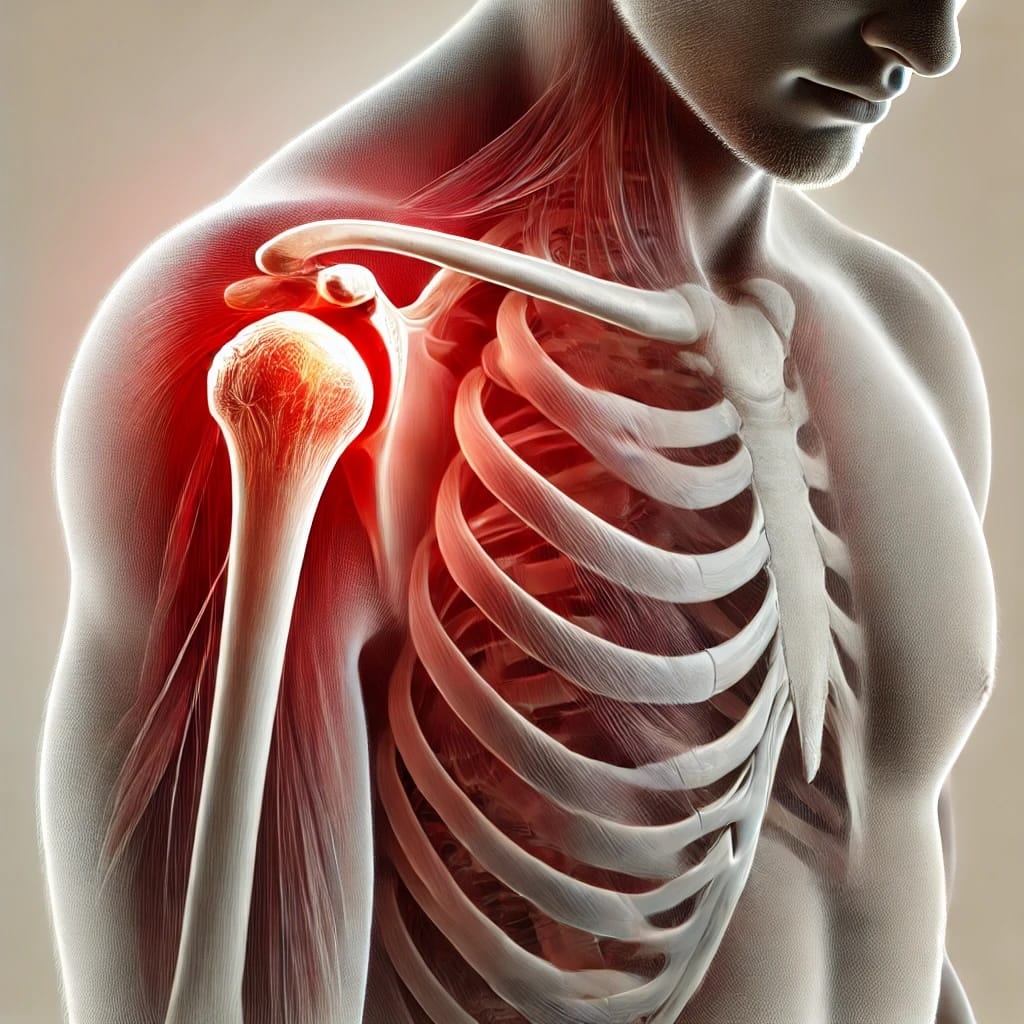Anterior Instability in Throwers: A Practical Understanding

Anterior instability in the throwing athlete is a common occurrence with varying degrees of severity and complexity. Anterior instability plagues baseball players and quarterbacks due to the intense, repetitive nature of overhead throwing. This condition often stems from a lax anterior capsule, subscapularis strains, or ligament sprains, which hinder the shoulder’s ability to resist obligate translation of the humeral head during maximal layback. Pectoralis minor stiffness worsens this by disrupting scapular alignment, while posterior shoulder tightness – commonly from hypertrophic posterior capsule changes from repeated deceleration stress – further compound the dysfunction. Over time, these factors reduce the athlete’s ability to stabilize the humeral head centrally, leading to possible internal impingement of the posterior rotator cuff or capsule and anterior or posterior labral pathology. This post explores these mechanisms and concludes with assessment and prevention strategies.
The glenohumeral joint balances mobility and stability through passive (capsuloligamentous) and active (muscular) restraints. In baseball pitchers and quarterbacks, the anterior capsule stretches during the cocking phase, risking laxity. Mihata et al. (2013) showed that this increases humeral head translation (PMID: 23540577). Subscapularis strain, common from internal rotation demands, weakens dynamic stability, as Burkhart et al. (2003) observed in pitchers (PMID: 12671652). Ligament sprains, particularly to the inferior glenohumeral ligament (IGHL), reduce passive restraint, with Borsa et al. (2005) noting excessive humeral motion in throwers (PMID: 15995114).
Obligate translation—a posterior humeral head shift in extreme external rotation—occurs naturally, but excessive movement at maximal layback signals instability. Wilk et al. (2011) linked this to anterior restraint failure (PMID: 21212502). Posterior shoulder tightness and a hypertrophic posterior capsule, however, also play a critical role. Repetitive deceleration after release—when the arm slows from peak velocity—stresses the posterior structures. Over time, this leads to capsular thickening and stiffness. Myers et al. (2006) found that such changes in pitchers restrict internal rotation, forcing compensatory anterior laxity and greater humeral head shifting (PMID: 16458784). This posterior tightness reduces joint flexibility, amplifying instability during layback.
Pectoralis minor stiffness further disrupts mechanics. Tightness, from overuse, poor posture or excessive pressing, tilts the scapula anteriorly, as Borstad and Ludewig (2005) demonstrated (PMID: 15905698). Combined with posterior stiffness, these factors destabilize the humeral head, leading to internal impingement—where the posterior cuff or capsule is pinched—and labral tears.
Assessment and Prevention
This pathology can be assessed using special tests like the apprehension-relocation test. The apprehension test (arm in abduction/external rotation) provokes anterior instability discomfort, while relocation (posterior pressure on the humeral head) relieves it, confirming laxity or translation. These tests pinpoint instability sources, critical for throwers. A skilled therapist specializing in throwing biomechanics is vital for high-level quarterbacks and pitchers. They tailor rehab and prevention, addressing anterior laxity, posterior tightness, and scapular dysfunction through targeted stretching, strengthening, and motion analysis. This expertise mitigates injury risk, and can help establish plans for injury risk reduction prior to having reactionary rehabilitation post-injury.
From experts who work with 25+ NFL QBs, get personalized QB-specific throwing, arm care, lifting, and speed training by taking the assessment at kinetex.co. For insights on quarterbacking and biomechanics, subscribe here.
References
Mihata, T., et al. (2013). Journal of Shoulder and Elbow Surgery, 22(6), 747-753.
Burkhart, S. S., et al. (2003). Arthroscopy, 19(4), 404-420.
Borsa, P. A., et al. (2005). American Journal of Sports Medicine, 33(7), 1069-1075.
Wilk, K. E., et al. (2011). Journal of Orthopaedic & Sports Physical Therapy, 41(5), 300-313.
Borstad, J. D., & Ludewig, P. M. (2005). Journal of Orthopaedic & Sports Physical Therapy, 35(8), 489-498.
Kibler, W. B., et al. (2013). Journal of Shoulder and Elbow Surgery, 22(6), 853-861.
Myers, J. B., et al. (2006). American Journal of Sports Medicine, 34(4), 575-580.
